Home>Garden Essentials>Garden Plants>Where Does Thyme Originate From
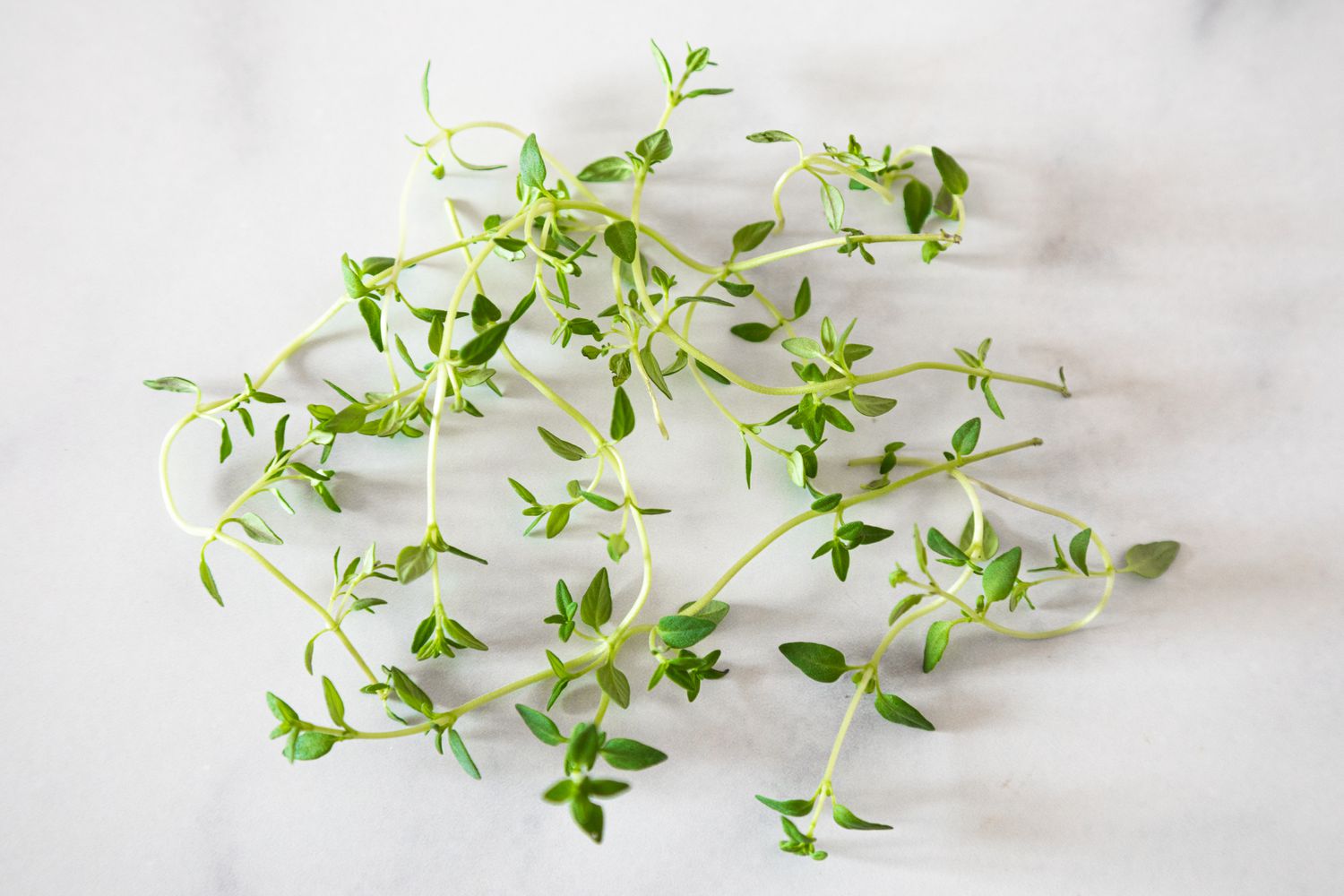

Garden Plants
Where Does Thyme Originate From
Modified: January 5, 2024
Discover the origins of thyme and its fascinating journey as a popular herb. Learn about the ancient civilizations that first cultivated this versatile plant.
(Many of the links in this article redirect to a specific reviewed product. Your purchase of these products through affiliate links helps to generate commission for Storables.com, at no extra cost. Learn more)
Introduction
Welcome to the world of thyme, a versatile and aromatic herb that has been cherished for centuries. Whether you are a culinary enthusiast, a lover of natural remedies, or simply someone who enjoys the beauty and fragrance of plants, thyme has something to offer you.
In this article, we will delve into the origins of thyme, exploring its historical background and native habitats. We will then turn our attention to the cultivation and spread of thyme, discussing its various varieties and the common uses it is put to. From its culinary applications to its medicinal benefits, thyme has earned its place as a beloved herb around the globe.
So, let’s embark on a journey through time and discover the captivating origins of this remarkable plant.
Key Takeaways:
- Thyme, originating from the Mediterranean, has a rich history dating back to ancient civilizations, offering culinary delights, medicinal benefits, and a deep cultural significance across the globe.
- With its diverse varieties and versatile uses, thyme has spread from its Mediterranean origins to become a beloved herb in cuisines, remedies, and traditions worldwide, embodying courage, protection, and culinary sophistication.
Read more: Where Did Hot Pot Originate From
Overview of Thyme
Thyme, scientifically known as Thymus vulgaris, is a small perennial herb that belongs to the mint family, Lamiaceae. It is characterized by its tiny, aromatic leaves, which are packed with essential oils that give the herb its distinctive flavor and fragrance.
This herb is native to the Mediterranean region and has been cultivated and valued for centuries due to its culinary and medicinal properties. Thyme plants typically grow to a height of 6 to 12 inches, and their upright, woody stems bear small, oval-shaped leaves. The leaves are usually green or gray-green in color, with a slightly fuzzy texture.
Thyme is a hardy plant that thrives in well-drained soil and sunny locations, making it an excellent addition to gardens, herb beds, or even as a container plant. It is also well-suited for dry, rocky environments, thanks to its ability to tolerate drought conditions.
Beyond its visual appeal, thyme is highly valued for its intense flavor and aroma. The essential oils found in its leaves, such as thymol, carvacrol, and linalool, contribute to its distinct taste and fragrance. Thyme is known for its earthy, herbal, and slightly minty flavor, making it a popular choice in various culinary dishes.
Historical Background
The history of thyme can be traced back thousands of years, with evidence of its use dating as far back as ancient Egypt and Greece. The ancient Egyptians held this herb in high regard, using it as an ingredient in embalming rituals and for its scent in perfumes. The Greeks, on the other hand, associated thyme with courage and used it in their baths and temples.
In ancient Rome, thyme was valued not only for its aromatic properties but also for its medicinal and culinary uses. It was believed to bring strength and courage to warriors, leading to its use as an ingredient in Roman soldiers’ baths and as an aromatic plant to cleanse the air and prevent infections.
During the Middle Ages, thyme continued to be esteemed for its medicinal benefits. It was used to treat respiratory ailments, as well as to combat bad odors and ward off evil spirits. It even found its way into the famous herbal compendium “The Physica” written by Hildegard von Bingen, a renowned herbalist and Christian mystic of the 12th century.
Thyme’s reputation as a healing herb grew during the Renaissance when it was recognized for its antiseptic and anti-inflammatory properties. It was used to treat wounds, respiratory infections, and digestive issues. Thyme also became popular for its culinary purposes, with its flavor enhancing various dishes in European cuisine.
Today, thyme is still highly regarded and widely used in many cultures around the world. Its rich history and cultural significance make it a beloved herb, not only for its delightful taste and aroma but also for its association with tradition, healing, and even magic.
Native Habitats
Thyme is native to the Mediterranean region, specifically the southern parts of Europe and some parts of North Africa. Its natural habitats include rocky slopes, dry hillsides, and sunny meadows. The plant has adapted to thrive in these arid conditions, with its small leaves and deep root system aiding in moisture retention.
Within its native range, thyme can be found in countries such as Spain, Italy, Greece, Turkey, and Morocco. It is particularly abundant in the Mediterranean basin, where the warm climate and well-drained soil provide optimal growing conditions for this herb.
Thyme’s ability to withstand drought makes it well-suited for regions with limited water availability. Its hardy nature allows it to thrive in diverse environments, including coastal areas, mountainous regions, and even in areas with high temperatures and strong sunlight.
Across its native habitats, different species and varieties of thyme can be found, each with its own unique characteristics. Some examples include Spanish thyme (Thymus zygis), French thyme (Thymus vulgaris), and wild thyme (Thymus serpyllum).
These native habitats not only contribute to the natural beauty of the Mediterranean landscape but also play a vital role in the preservation and cultivation of thyme. The specific climatic and environmental conditions in these regions have allowed thyme to develop and thrive, making it a significant part of the region’s cultural and culinary heritage.
Mediterranean Origins
The Mediterranean region is considered the birthplace and heartland of thyme. Its origins can be traced back to ancient times, where it grew wild in the rocky hills and sunny meadows of this diverse and enchanting region.
Thyme’s natural adaptation to the Mediterranean climate is one of the reasons for its widespread prevalence in this area. The warm summers, mild winters, and ample sunshine create ideal conditions for thyme to flourish. The dry, well-drained soil and occasional rainfall are well-suited for this herb’s growth and development.
Throughout history, the people of the Mediterranean have deeply respected and utilized thyme. It became an essential part of their cuisine, adding a distinctive flavor to a variety of dishes. Its medicinal benefits were also recognized, and it found its place in traditional remedies for various ailments.
One of the fascinating aspects of thyme’s Mediterranean origins is its connection to ancient mythology. In Greek mythology, thyme was believed to have been steeped in the tears of the goddess Aphrodite, giving it its delicate and alluring fragrance. It was also associated with courage and was often used in religious rituals and as a symbol of strength.
The Mediterranean’s rich cultural history and its close relationship with thyme have influenced not only the culinary traditions but also the folklore and storytelling of the region. Thyme is revered as a symbol of vitality, longevity, and the deep bonds between humans and plants.
Today, the Mediterranean region remains a significant producer of thyme, both for domestic use and for international trade. Its strong ties to this region continue to shape the cultivation, appreciation, and thriving popularity of thyme worldwide.
Read more: Where Does Creeping Thyme Grow
Cultivation and Spread
Thyme’s cultivation and spread can be attributed to both natural means and human intervention. Its adaptability and hardiness have allowed it to spread across various regions of the world, becoming a staple herb in many culinary and medicinal traditions.
Thyme can be propagated through seeds or by dividing existing plants. It thrives in well-drained soil with a pH level of 6.0 to 8.0. The herb prefers full sun exposure but can tolerate partial shade. Once established, thyme requires little maintenance, making it a popular choice for both novice and experienced gardeners.
Human cultivation of thyme began in ancient times, primarily driven by its culinary and medicinal uses. As civilizations expanded and trade routes developed, thyme found its way to new territories. It spread through the ancient Mediterranean, into Europe, and eventually reached other continents through exploration and colonization.
The Romans played a significant role in spreading thyme throughout Europe. They actively cultivated the herb in their gardens and brought it with them as they expanded their empire. Thyme’s popularity continued to grow across Europe, where it became a staple in traditional cooking and medicinal practices.
Thyme was introduced to the Americas by European settlers and explorers. It quickly adapted to the new environment, and various species of thyme can now be found growing both wild and cultivated across North and South America.
Today, thyme is widely cultivated in many regions of the world, including the Mediterranean, Europe, North America, Australia, and parts of Asia. It is valued not only for its culinary uses but also for its ornamental beauty and aromatic qualities.
With its ability to thrive in diverse climates and adapt to different soil conditions, thyme has successfully spread its roots across the globe, enriching cuisines and herbal traditions in numerous cultures.
Thyme is native to the Mediterranean region, including southern Europe and parts of North Africa. It has been used in cooking and medicine for centuries.
Thyme Varieties
Thyme is a versatile herb that boasts a wide range of varieties, each with its own unique characteristics and flavors. Here are some of the most popular thyme varieties:
- Common Thyme (Thymus vulgaris): Also known as English thyme, this is the most widely recognized and commonly used variety. It has a robust flavor and is often used in cooking and herbal preparations.
- Lemon Thyme (Thymus citriodorus): As the name suggests, lemon thyme has a subtle lemony flavor that adds a bright and citrusy note to dishes. It is often used in fish and poultry recipes, as well as in teas and herbal infusions.
- Caraway Thyme (Thymus herba-barona): Caraway thyme has a distinct aroma reminiscent of caraway seeds. It is commonly used in bread, cheese, and meat dishes for its unique earthy and slightly sweet flavor.
- Creeping Thyme (Thymus serpyllum): This low-growing variety is known for its ability to form a dense carpet of foliage. Creeping thyme is often used as a ground cover in gardens and can handle light foot traffic. It has a milder flavor compared to other thyme varieties.
- Orange Thyme (Thymus fragrantissimus): With its delightful citrusy aroma, orange thyme adds a tangy twist to both sweet and savory dishes. It pairs well with chicken, seafood, and desserts.
These are just a few examples of the numerous thyme varieties available. Each variety offers a unique flavor profile, allowing you to experiment and add your own touch to dishes.
When choosing a thyme variety for cultivation, consider factors such as the intended use (culinary or ornamental), growth habits, and the specific flavor profile you desire. By exploring the diverse world of thyme varieties, you can elevate your culinary creations and enjoy the beauty and fragrance of this remarkable herb.
Common Uses of Thyme
Thyme is a versatile herb that offers a multitude of uses in both culinary and medicinal applications. Its distinct flavor, aroma, and beneficial properties make it a popular choice in various cultural cuisines and traditional remedies. Here are some of the common uses of thyme:
- Culinary Applications: Thyme is widely used in the culinary world, adding depth and complexity to a wide range of dishes. It pairs well with meats, poultry, seafood, vegetables, and sauces. Whether used fresh or dried, thyme leaves can infuse dishes with an earthy, herbal flavor. It is a key ingredient in Mediterranean cuisine, appearing in dishes such as roasted vegetables, stews, soups, and marinades.
- Herbal Infusions: Thyme leaves can be steeped in hot water to create a flavorful herbal tea. This infusion is believed to have various health benefits, such as promoting digestion, soothing coughs, and boosting immunity. Drinking thyme tea can also provide a sense of relaxation and calm.
- Aromatherapy: The essential oils found in thyme have a delightful fragrance that can be used in aromatherapy. Thyme essential oil is often diffused or added to bath products to create a calming and invigorating atmosphere. It is believed to have mood-lifting properties and can help relieve stress and anxiety.
- Medicinal Remedies: Thyme has a long history of use in traditional medicine. It is known for its antimicrobial and antiseptic properties, making it a valuable herb for respiratory health. Thyme tea or tincture can be used to alleviate coughs, sore throats, and congestion. It can also be applied topically as a natural remedy for minor skin irritations and infections.
- Culinary Seasonings: Dried thyme leaves are commonly used as a seasoning in spice blends and rubs. It imparts a unique flavor to dishes, enhancing the taste of meats, vegetables, and sauces. Thyme is also a key component in traditional herb mixes like Herbes de Provence.
With its versatility and wide range of applications, thyme is a beloved herb that adds a touch of herbal sophistication and flavor to a variety of dishes and remedies. Whether you’re cooking a savory meal, brewing a comforting tea, or seeking the natural benefits of herbal medicine, thyme is a valuable ally in your culinary and wellness endeavors.
Culinary Applications
Thyme is a versatile herb that adds depth and complexity to a wide range of culinary creations. Its aroma and earthy, herbal flavor make it a popular choice in various cuisines around the world. Here are some common culinary applications of thyme:
- Soups and Stews: Thyme is often used in soups and stews to enhance the flavor and bring a delightful, savory note to the dish. It pairs well with hearty ingredients like root vegetables, beans, and meat, adding a delicious herbal undertone.
- Roasted Meats and Poultry: Thyme is a fantastic herb for seasoning roasted meats and poultry. Sprinkle some fresh or dried thyme leaves on chicken, beef, lamb, or turkey before cooking to infuse the dish with its aromatic flavor.
- Sauces and Marinades: Thyme can be used to elevate sauces, marinades, and dressings. Whether it’s a classic gravy, a tangy vinaigrette, or a savory marinade for seafood or vegetables, thyme adds a depth of flavor that complements other ingredients beautifully.
- Herb Butter and Compound Butters: Mix chopped thyme leaves with softened butter to create a flavorful herb butter. This can be spread on bread, melted over grilled meats, or used to flavor vegetables. Thyme-infused compound butters are also a delicious accompaniment to steaks, seafood, or roasted potatoes.
- Bread and Baking: Thyme can be infused into bread dough to add a unique and fragrant flavor. It pairs particularly well with olive oil and sea salt in focaccia or flatbread. Thyme can also be used to enhance the flavor of savory baked goods like biscuits, scones, or crackers.
- Cheese and Dairy: Thyme pairs wonderfully with creamy cheeses, whether it’s added directly to the cheese or used as a garnish. It can also be incorporated into savory dairy-based dishes like quiches, frittatas, or creamy pasta sauces.
When using thyme in your culinary creations, it is recommended to start with small amounts and adjust the quantity to suit your taste. Thyme’s intense flavor can easily overpower the dish if used excessively. Whether you’re a professional chef or a home cook, exploring the culinary applications of thyme opens up a world of aromatic possibilities and delectable flavors.
Read more: Where Did Glass Blowing Originate
Medicinal Benefits of Thyme
Thyme has been cherished for its medicinal properties for centuries and is widely recognized for its potential health benefits. The herb contains a variety of bioactive compounds, including essential oils, phenolic acids, and flavonoids, which contribute to its therapeutic properties. Here are some of the potential medicinal benefits of thyme:
- Respiratory Health: Thyme has long been used as a natural remedy for respiratory issues. Its antimicrobial and expectorant properties may help alleviate symptoms of coughs, colds, bronchitis, and respiratory infections. Thyme can help soothe inflamed airways and provide relief from congestion.
- Antioxidant Effects: Thyme is rich in antioxidants that help protect the body against free radicals, which can cause oxidative stress and contribute to chronic diseases. Antioxidants in thyme, such as rosmarinic acid and thymol, may have anti-inflammatory properties and support overall cellular health.
- Digestive Health: Thyme has traditionally been used to aid digestion and relieve gastrointestinal issues. Its volatile oils can help stimulate the production of digestive enzymes, improve intestinal motility, and ease flatulence and bloating. Drinking thyme tea or incorporating thyme into meals may promote healthy digestion.
- Antimicrobial Properties: Thyme has demonstrated antimicrobial activity against various pathogens, including bacteria and fungi. It contains compounds like thymol and carvacrol, which have been shown to inhibit the growth of harmful bacteria, making thyme a natural alternative for promoting oral health and preventing infections.
- Anti-inflammatory Effects: The anti-inflammatory properties of thyme may help reduce inflammation and alleviate symptoms associated with conditions like arthritis, sore muscles, and joint pain. Thyme’s natural compounds may help modulate inflammatory pathways in the body, promoting better overall well-being.
- Antispasmodic and Relaxant: Thyme’s essential oils have a relaxing effect on the smooth muscles, making it potentially beneficial for managing menstrual cramps and other spasmodic conditions. Thyme-infused baths or aromatherapy with thyme oil may offer relaxation and relief from muscle tension.
While thyme has a long history of traditional use for its medicinal properties, it is important to consult with a healthcare professional before using thyme for therapeutic purposes, especially if you have any pre-existing medical conditions or are taking medications. It is also important to note that thyme should not replace proper medical care, but can be used as a complementary therapy in conjunction with professional advice and treatment.
Overall, thyme holds great potential as a natural remedy, and its wide range of health benefits continues to be explored and researched by scientists and herbalists alike.
Traditional and Folklore Uses
Thyme has been woven into the tapestry of human traditions and folklore for centuries. Its captivating aroma, healing properties, and cultural significance have made it a beloved herb with a multitude of uses in various civilizations. Here are some of the traditional and folklore uses of thyme:
- Protective and Purifying: In many cultures, thyme has been considered a protective herb. It was hung in homes to ward off evil spirits and bring blessings. Thyme was also used in fumigation rituals to cleanse and purify the air, especially during times of illness or to clear negative energies.
- Symbol of Courage: Thyme has long been associated with courage and bravery. In ancient Greece, soldiers would bathe in water infused with thyme to instill strength and bravery. It was also worn as a symbol of courage during battles, and sprigs of thyme were exchanged as tokens of respect and admiration.
- Love and Romance: In the language of flowers, thyme symbolizes affection, devotion, and the strength of a deep connection. In medieval Europe, thyme was often included in bridal bouquets to invoke feelings of love and fidelity. It was also used in love potions and charms to attract or deepen romantic relationships.
- Memory and Mental Clarity: Thyme has been associated with improving memory and mental clarity. In ancient Rome, students would wear garlands of thyme while studying to enhance their focus and recall. In traditional herbal medicine, thyme was used as a tonic for the mind, helping to sharpen cognitive abilities.
- Healing Poultices and Baths: Thyme has a long history of external use for healing purposes. Poultices and compresses made from thyme leaves were applied to wounds, cuts, and insect bites to promote healing and prevent infection. Thyme-infused baths were also used to soothe tired muscles and revitalize the body.
- Aphrodisiac Properties: Thyme has been associated with love and sensuality. It was believed to have aphrodisiac qualities and was often used in potions and rituals to enhance passion and desire.
These traditional and folklore uses of thyme provide a glimpse into the rich cultural history and symbolism surrounding this herb. While some of these uses may have originated from superstitions and beliefs, there is often some truth and wisdom behind these practices that have been passed down through generations.
Today, while thyme is primarily enjoyed for its culinary and medicinal benefits, its historical and symbolic significance continues to inspire a sense of enchantment and reverence for this remarkable herb.
Conclusion
Thyme, with its captivating aroma, versatility, and rich history, holds a prominent place in both our botanical landscape and our cultural heritage. This remarkable herb, native to the Mediterranean region, has delighted our senses and provided nourishment for the body and soul for thousands of years.
From its ancient origins and widespread cultivation to its diverse culinary and medicinal applications, thyme has proven to be an invaluable companion in our kitchens, gardens, and medicine cabinets. It has enhanced the flavors of countless dishes, aided in healing various ailments, and carried with it a profound symbolism in our human traditions.
Thyme’s journey from the rocky slopes of the Mediterranean to kitchens and gardens around the world is a testament to its adaptability and the appreciation it has earned across cultures. Its versatility in the culinary world, from soups and stews to roasted meats and sauces, has made it an essential ingredient in countless recipes.
In addition to its culinary uses, thyme has also been valued for its medicinal benefits. Its antimicrobial, anti-inflammatory, and antioxidant properties contribute to its potential in supporting respiratory health, digestion, and overall well-being.
Furthermore, thyme’s connection to ancient folklore and traditions paints a captivating picture of courage, protection, and love. Its symbolic qualities have made it a cherished herb in rituals and ceremonies throughout history.
As we continue to explore the wonders of nature and the potential of botanical treasures, thyme reminds us of the deep and intricate relationship between humans and plants. Its aromatic leaves and powerful properties continue to inspire us to embrace the magic of nature and harness its gifts.
So, whether you cultivate thyme in your garden, sprinkle it in your recipes, or enjoy its therapeutic benefits, you are partaking in a rich legacy that spans centuries. Let thyme’s legacy continue to weave its way into our lives, connecting us with ancient traditions and bringing us closer to the wonders of the natural world.
Frequently Asked Questions about Where Does Thyme Originate From
Was this page helpful?
At Storables.com, we guarantee accurate and reliable information. Our content, validated by Expert Board Contributors, is crafted following stringent Editorial Policies. We're committed to providing you with well-researched, expert-backed insights for all your informational needs.
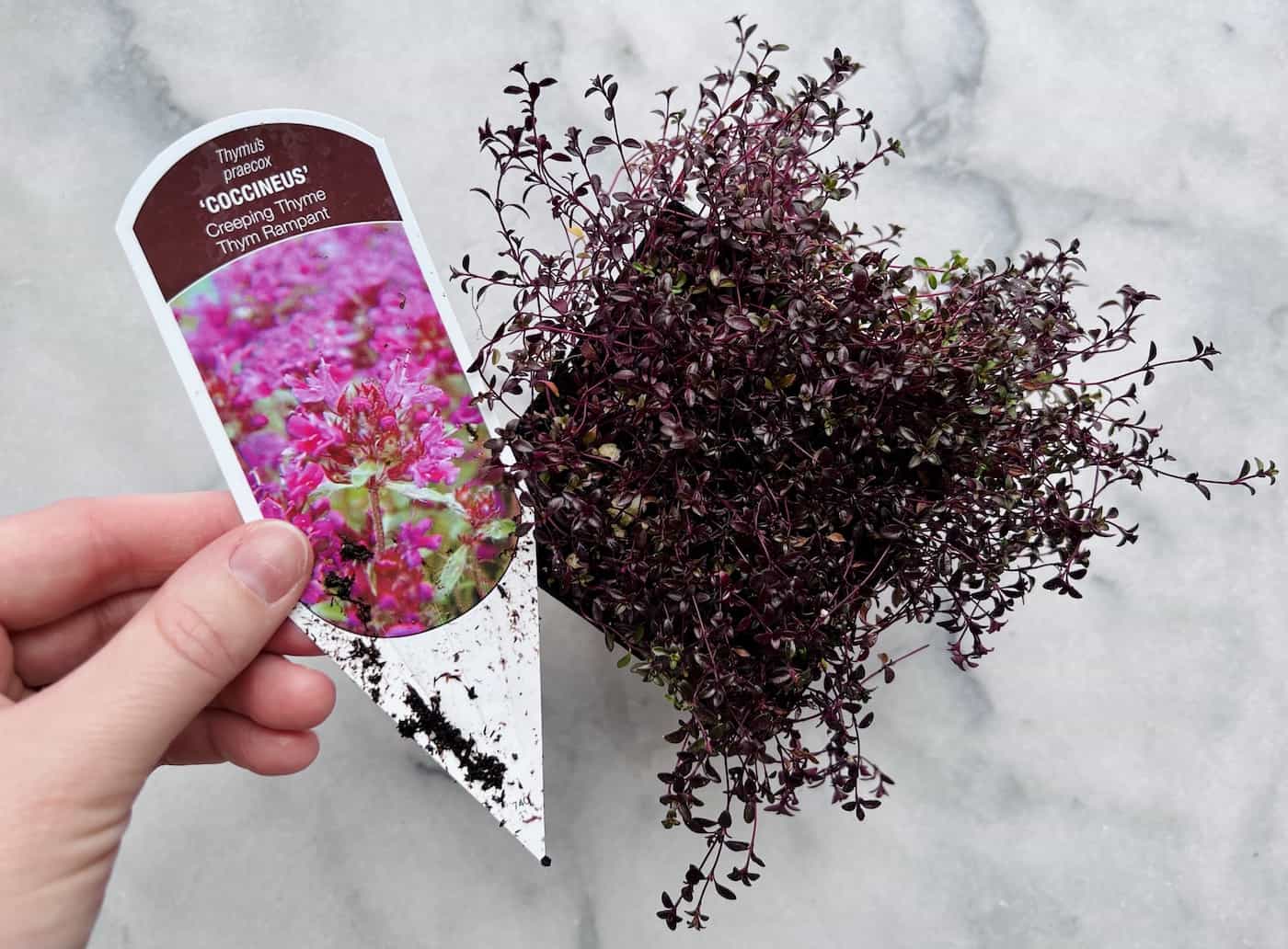
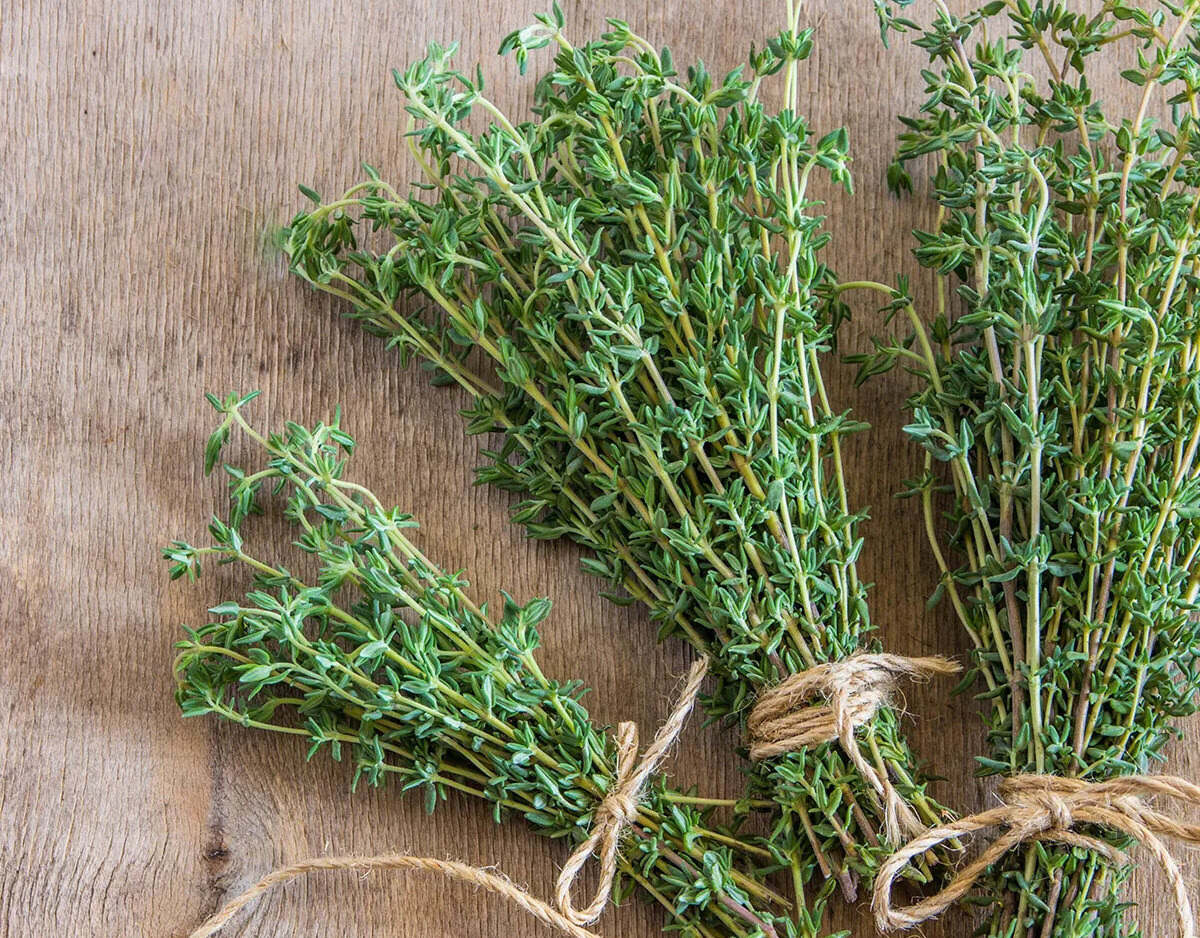


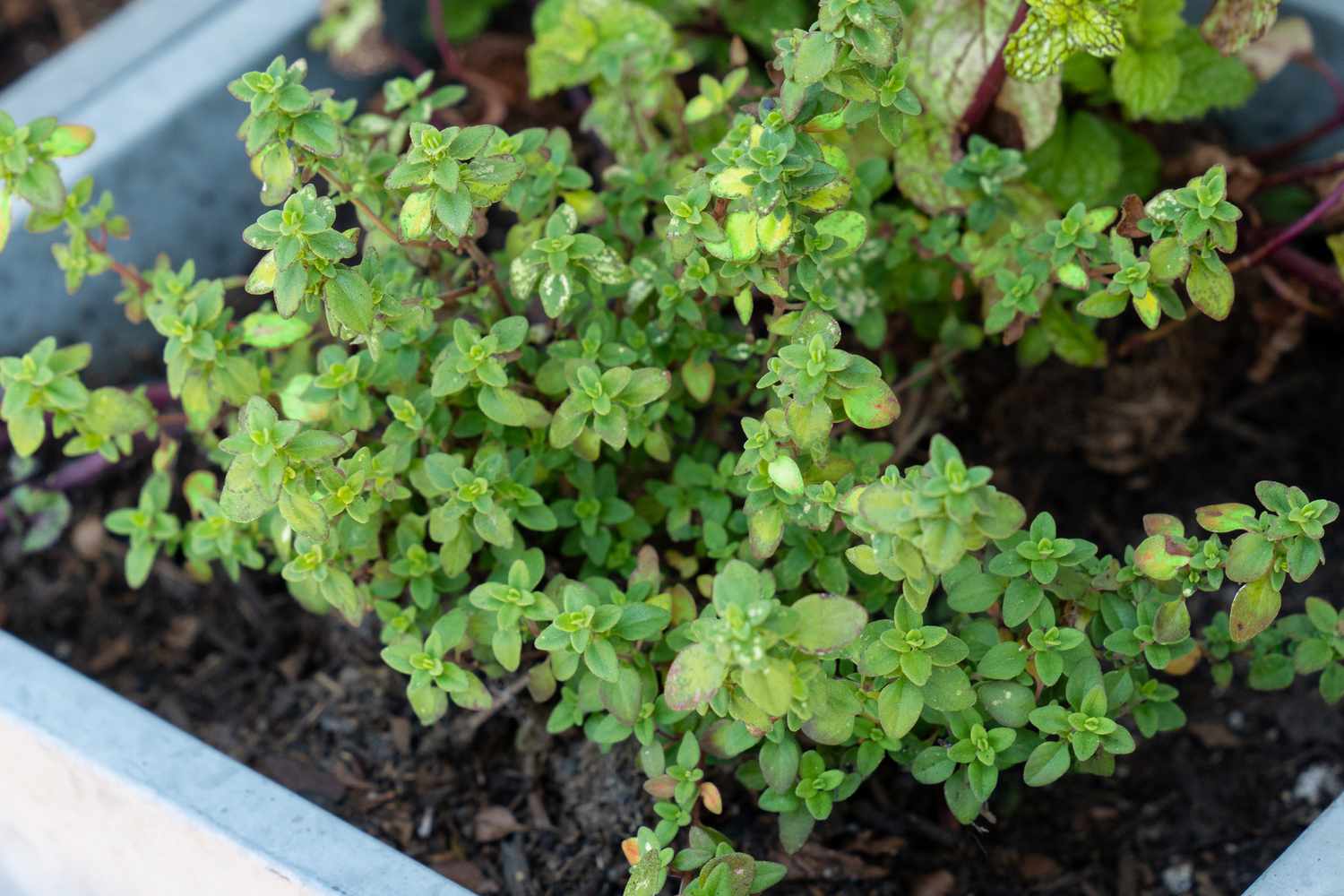
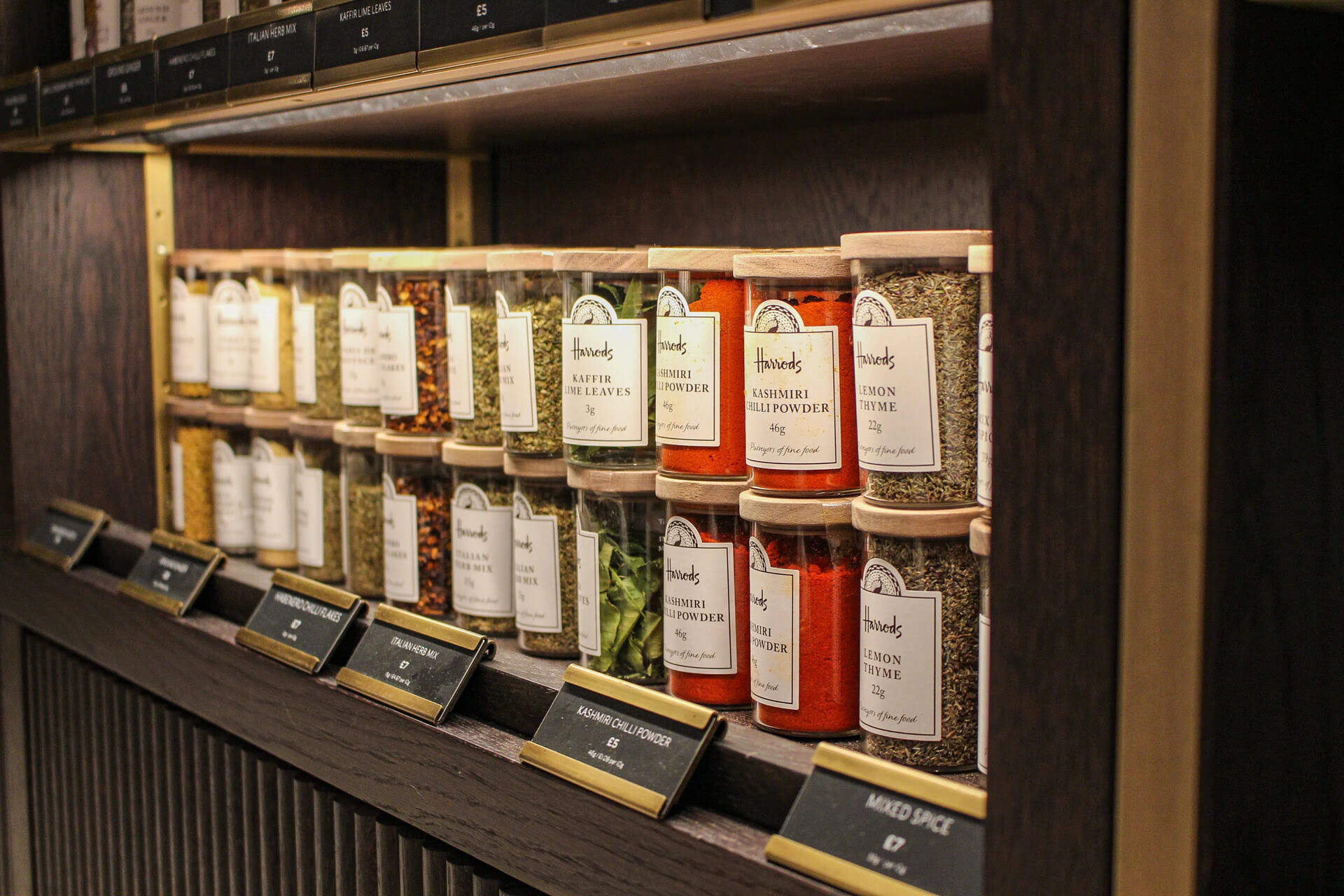

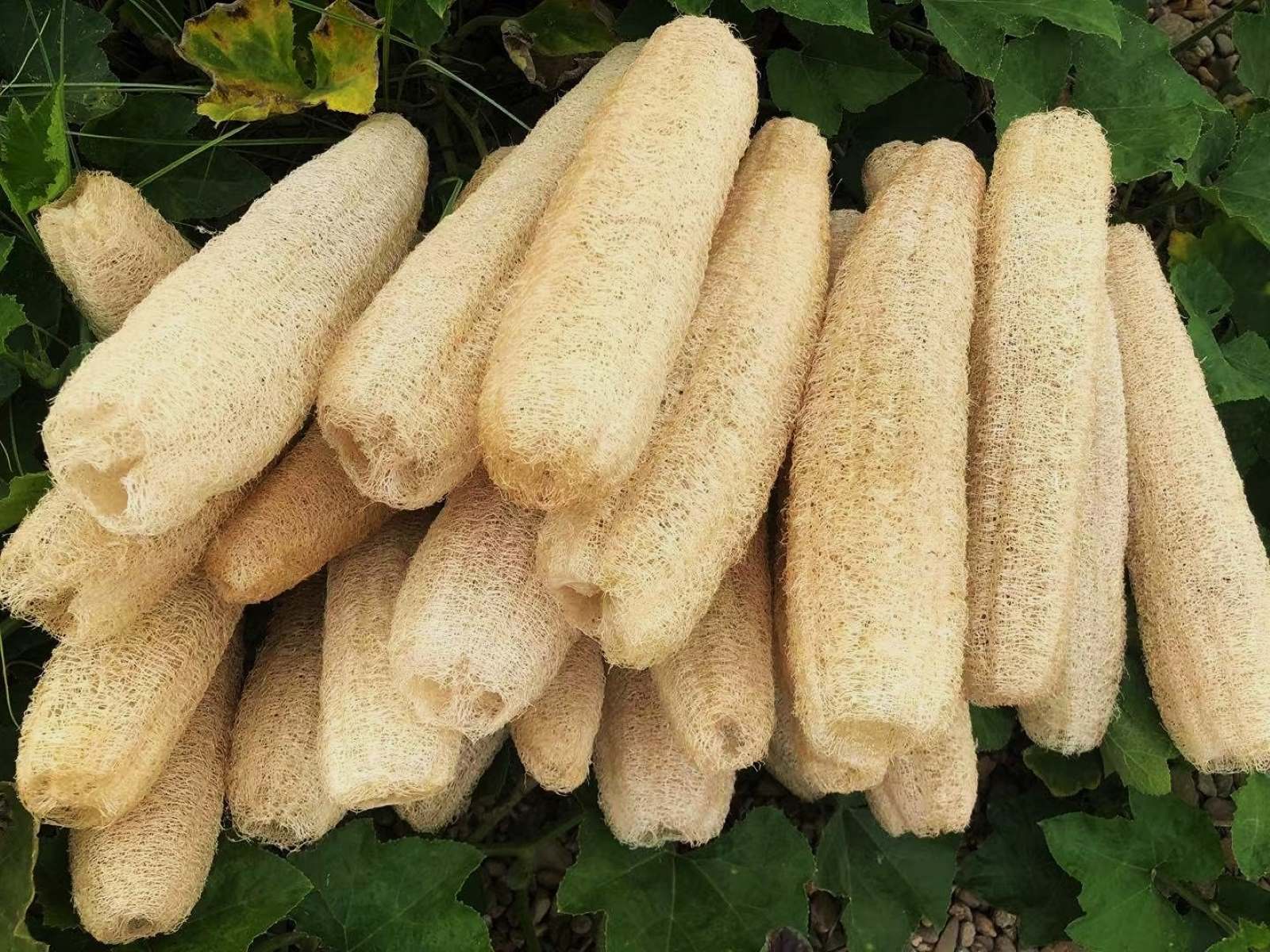

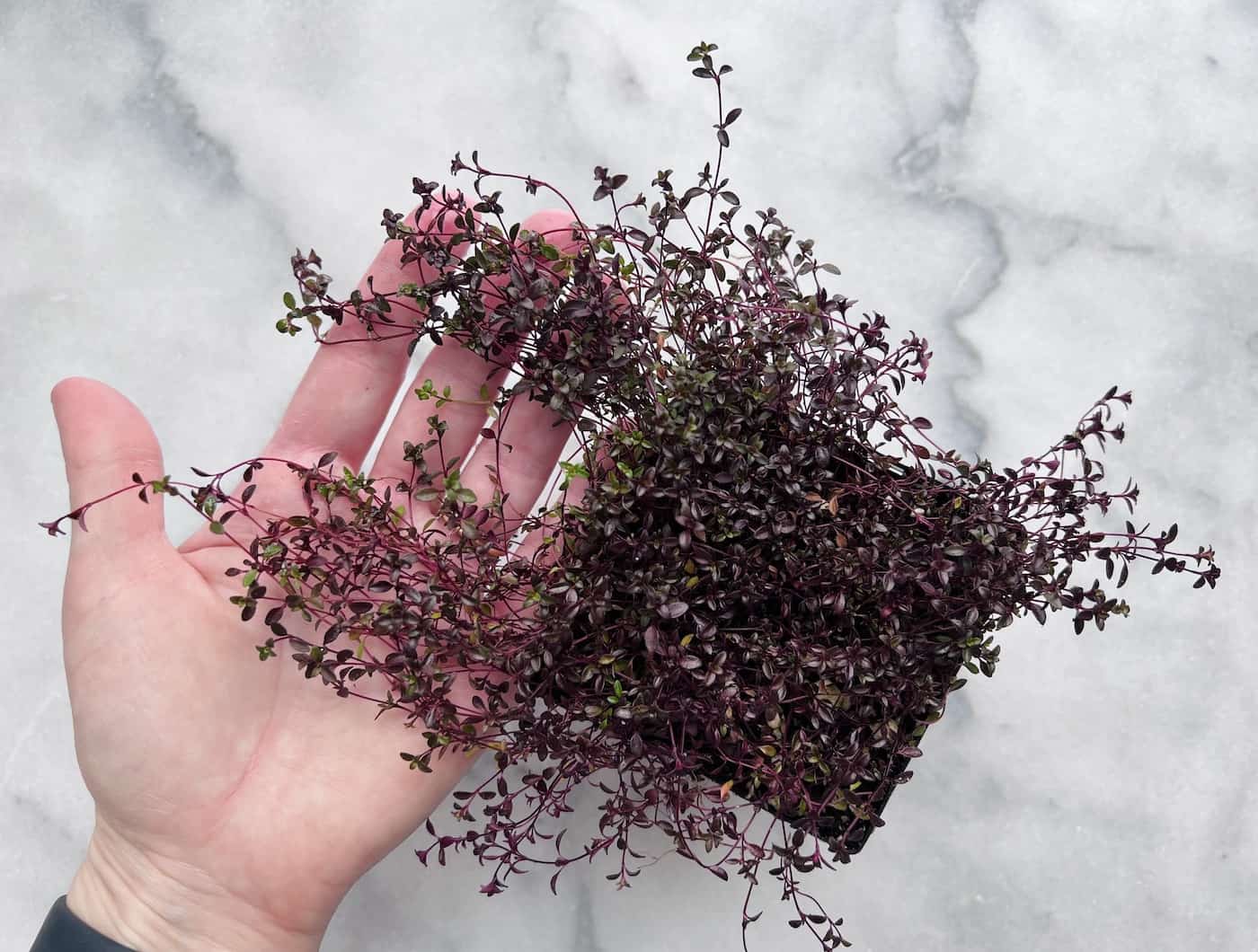
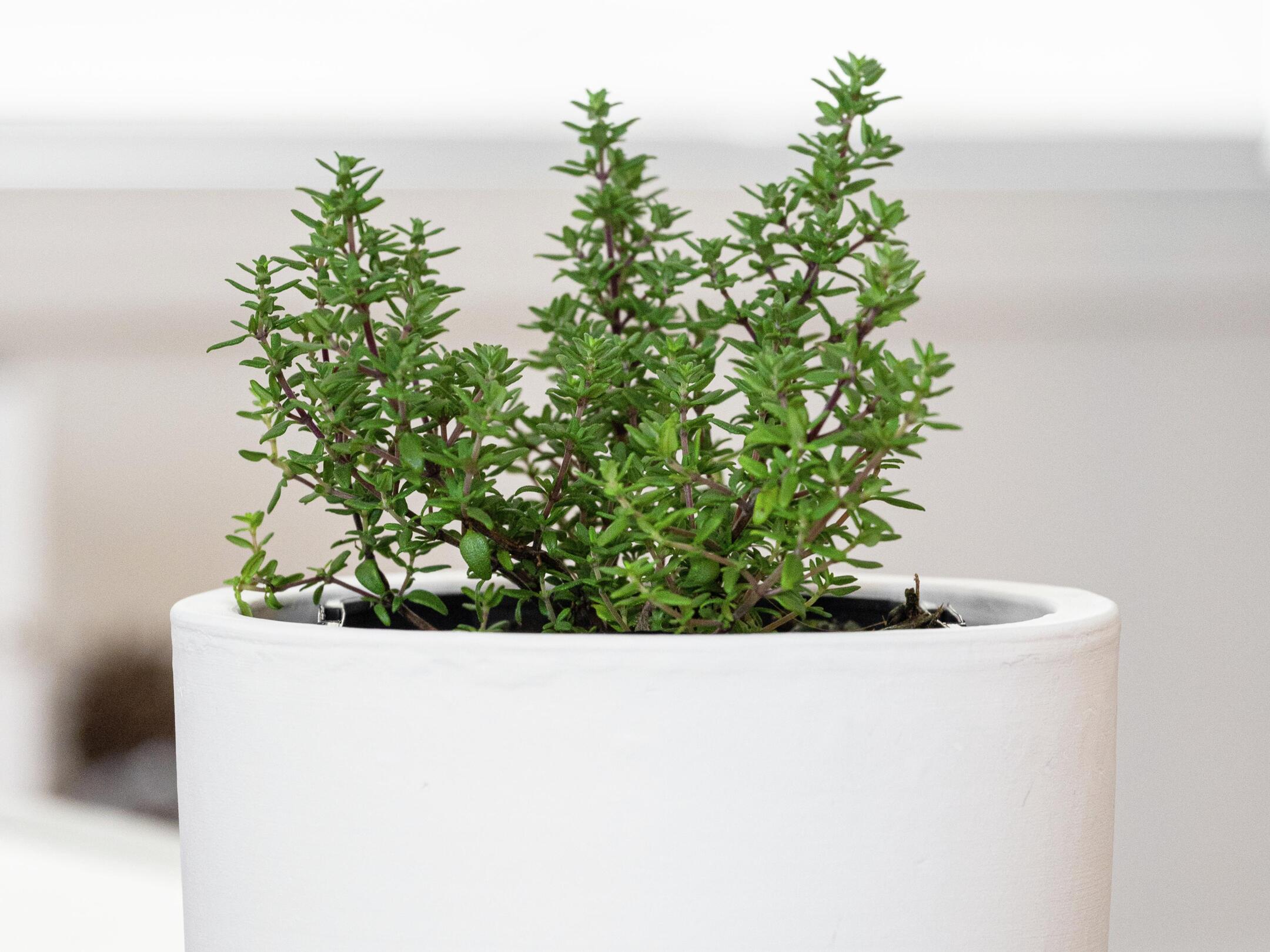
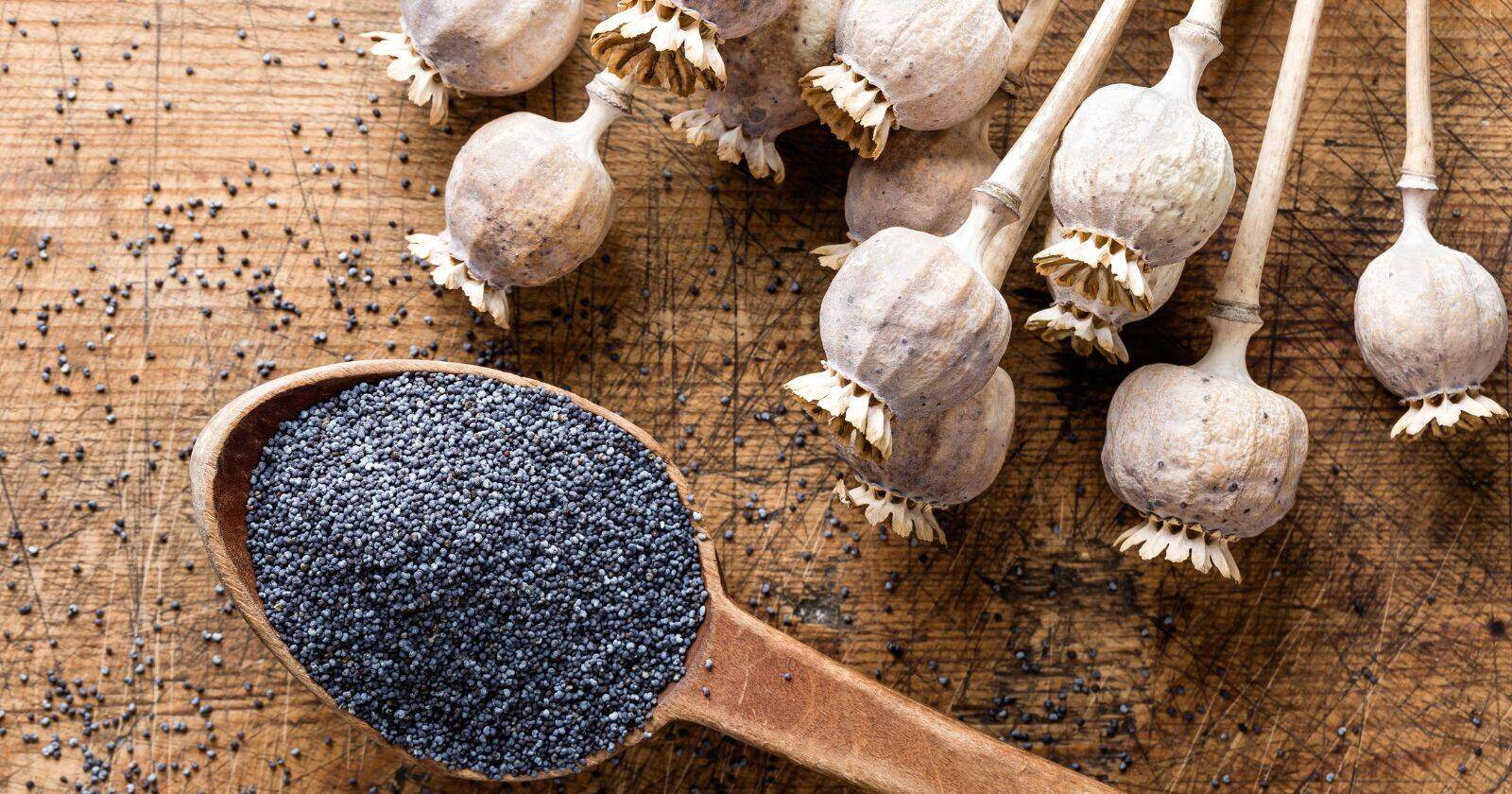


0 thoughts on “Where Does Thyme Originate From”